Pressure Systems include all plant/systems that contain a ‘relevant fluid’, defined as steam or gas under pressure and liquids under pressure which become gases upon release to the atmosphere, at a pressure greater than 0.5 bar (about 7psi) above atmospheric (except for steam). Certain small vessels are exempt from some parts of the Regulations. However, where the relevant fluid is steam all the regulations apply irrespective of the vessel pressure.
Around the ���˿��� there are heating, fuel transfer, compressed gas and hydraulic systems used in program production, studios (e.g. Camera Peds), office and maintenance facilities.
This guide gives an overview of pressure systems, aimed primarily at uses other than fixed systems in buildings. In ���˿��� premises the control measures are implemented by facilities management and anyone requiring more detail information should contact their local FM.
What Can Go Wrong?
Unintentional releases of gas or fluid from pressure systems kill or severely wound approximately six workers ever year.
The main hazards are:
- impact from the blast of an explosion or release of compressed liquid or gas;
- impact from parts of equipment that fail or any flying debris;
- contact with released liquid or gas, such as steam; and
- fire resulting from the escape of flammable liquids or gases.
Legal/���˿��� Requirements
The Pressure Systems Safety Regulations 2000 deal with the risks created by a release of stored energy should the system fail, and detail the measures that should be taken to prevent failures and reduce risks.
The Regulations distinguish between those systems which are essentially fixed in a permanent location (installed) and those which are normally and frequently moved from place to place (mobile). For installed systems the user is responsible for ensuring that the above items are carried out. In the case of mobile systems the owner is responsible.
Control Measures
- Only competent persons may work on plant / systems / vessels / cylinders containing pressurised gases at more than 0.5 bar above atmospheric, or steam at any pressure. This includes camera pedestals. The rules cover all associated pipe work and any protective devices / components designed to achieve system safety.
- Users of Pressure Systems are required to:
- Establish the safe operating limits of the plant.
- Have a suitable written scheme drawn up or certified by a competent person for the examination at appropriate intervals of:
- most pressure vessels
- all safety devices
- any pipework which is potentially dangerous
- the risky area.
- Arrange to have examinations carried out by a competent person at the intervals set down in the scheme.
- Provide adequate operating instructions (including emergency instructions) to any person operating it (e.g. operating manual supplemented by on-the-job training and supervision for new staff)
- Ensure the pressure system is maintained in good repair.
- Keep adequate records of the most recent examination and any manufacturer's records supplied with the new plant.
- Rules cover all associated pipe work and any protective devices / components designed to achieve system safety.
Division Specific Issues
- No division specific issues.
Recommended links
Premises and sets topics
-

Sets & Premises safety guide
This Safety Guide collates those of our Safety Guidelines relating to construction activities (on sets or other structures, including under 'CDM') and to the occupation / use of building premises (studios or locations). -
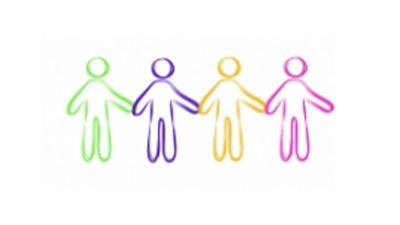 This site is for ���˿��� Employees or potential future employees only. If you are not a ���˿��� employee or looking for further information regarding ���˿��� Access Services then please click on another page from the menu above, where you can find out more about Remploy.
This site is for ���˿��� Employees or potential future employees only. If you are not a ���˿��� employee or looking for further information regarding ���˿��� Access Services then please click on another page from the menu above, where you can find out more about Remploy. -
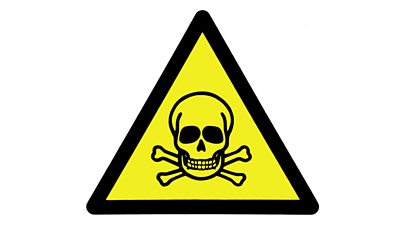
Asbestos Management on ���˿��� premises
This is a summary of the way that asbestos is managed in ���˿��� Buildings. It supplements the information about managing asbestos on productions. -
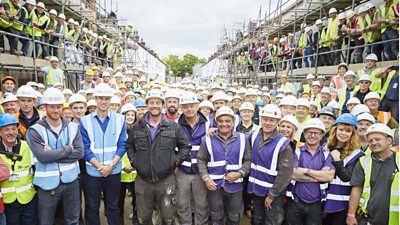
CDM Overview
Legislation to ensure the safe design and construction of structures was updated in April 2015, namely the Construction (Design and Management) Regulations 2015 (CDM 2015) -

CDM 2015 - The ���˿��� Approach
Guidance on the practical application of the Construction (Design and Management) Regulations 2015 across the ���˿��� -

First Aid in ���˿��� Premises
This page describes how first aid is arranged in ���˿��� premises. It supplements the guidance to first aid on productions. It is aimed at people who need to decide what provision to make for first aid on ���˿��� premises. It also provides the arrangements and numbers for contacting ambulances and the National Central Control Room (NCCR). -
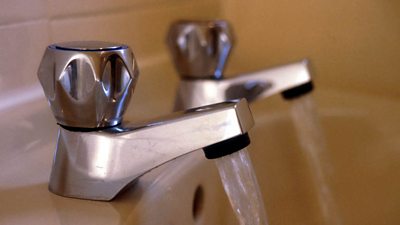
Legionella in Premises: Control of
This guidance provides an overview of how water systems are managed in premises to minimise the risks from the Legionella bacteria. -
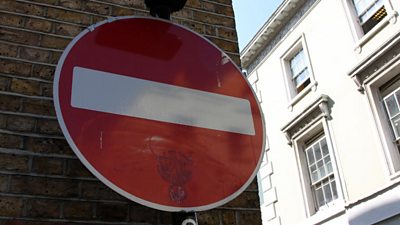
Permit to Work in ���˿��� Buildings (Restricted Work)
Some work in ���˿��� buildings is restricted and you have to get permission, called a Permit To Work (PtW) to do it. -
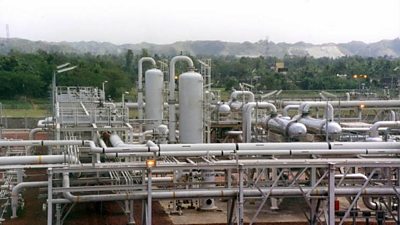
Pressure Systems
A guide to pressure systems in buildings. Pressure Systems include all plant/systems that contain a ‘relevant fluid’, defined as steam or gas under pressure and liquids under pressure which become gases upon release to the atmosphere, at a pressure greater than 0.5 bar (about 7psi) above atmospheric (except for steam). Around the ���˿��� there are heating, fuel transfer, compressed gas and hydraulic systems used in program production, studios (e.g. Camera Peds), office and maintenance facilities. -
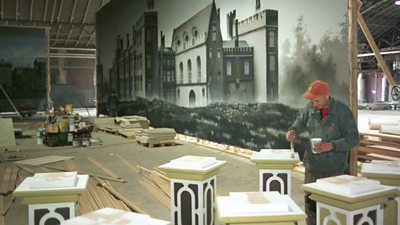
Sets: Safety of
This Safety Guideline is concerned with the construction and use of production sets and associated scenery used in studios and on locations.
More from SSR
-
Your platform to record accidents, risk assessments, assurance monitoring and inspections
-
Safety Equipment Stores
Just one number to call: 0844 800 8875 -
���˿��� Safety Guidelines
An A-Z of ���˿���'s Health and Safety Guidelines -
Safety Advice Line: 0370 411 0464 Email: safety@bbc.co.uk
- A-Z of ���˿��� Safety Guidelines
- Accident Reporting and Investigation
- ���˿��� Health & Safety Policy
- Contractors (incl. vetted lists)
- Contributors
- Fire Safety
- Freelancers
- Independent Production Companies
- Risk Assessment
- Safety Alerts
- Safety Responsibilities
- Safety Training
- Sets & Premises Safety Guide
Events guidance - key links:
- Exhibitions
- General Guidance
- Indoor Location Recce Checklist
- Outdoor Location Recce Checklist
- Major Incidents & Emergency Planning
- Marketing and Promotional
- Noise Exposure
- Planning and Management
- Responsibilities
- Responsibilities Form
- Laser Lighting Effects
- Strobe Lighting
- Temporary Stages and Rostra
Health topics - key links:
- (���˿��� network only)
- Contributors Fitness to Participate
- Display Screen Equipment (DSE)
- (���˿��� network only)
- First Aid and Welfare on Location
- International Travel - Risks & Health
- Manual Handling
- Mental Health: ���˿���page
- (���˿��� network only)
- Personal Health and Wellbeing
- Pregnancy
- Psychological Trauma Support & Trauma Risk Management (TRiM)
- Tiredness and Fatigue
- Travel Health Contacts
���˿��� High Risk - key links:
- CBRN and Industrial Spills
- Covert Filming
- Crisis Management and Security Support
- Demonstrations, Protests and Crowds
- Disaster Coverage
- Door Stepping
- (���˿��� network only)
- (���˿��� network only)
- Public Order
- Safety Equipment Stores
���˿��� Journalism - key links:
���˿��� Productions - key links:
- Aerial Filming and Airfields
- Animals: Displaying and handling for performance
- Boats: Working on
- Children and Young People
- Driving
- Electrical Equipment and Systems
- First Aid and Welfare on Location
- Food Safety (Cooking and Catering)
- Remote Location Working
- Roads and Streets: Working by
- Security of Productions on Location
- Stunts
- Tiredness and Fatigue
- Unmanned Aerial Systems (UAS aka Drones)
- Vehicles: Recording in, from and around
- Working at Height: Mobile Elevating Work Platforms
- Working at Height: Tower Scaffolds
���˿��� Radio - key links:
- (���˿��� Network only)
���˿��� Security - key links:
���˿��� Sport - key links:
About this site
This site describes what the ���˿��� does in relation to managing its health, safety and security risks and is intended for those who work directly for the ���˿���.
It is not intended to provide instruction or guidance on how third parties should manage their risks. The ���˿��� cannot be held liable for how this information is interpreted or used by third parties, nor provide any assurance that adopting it would provide any measure of legal compliance. More information
Some links on this site are only accessible when connected to the ���˿��� network
